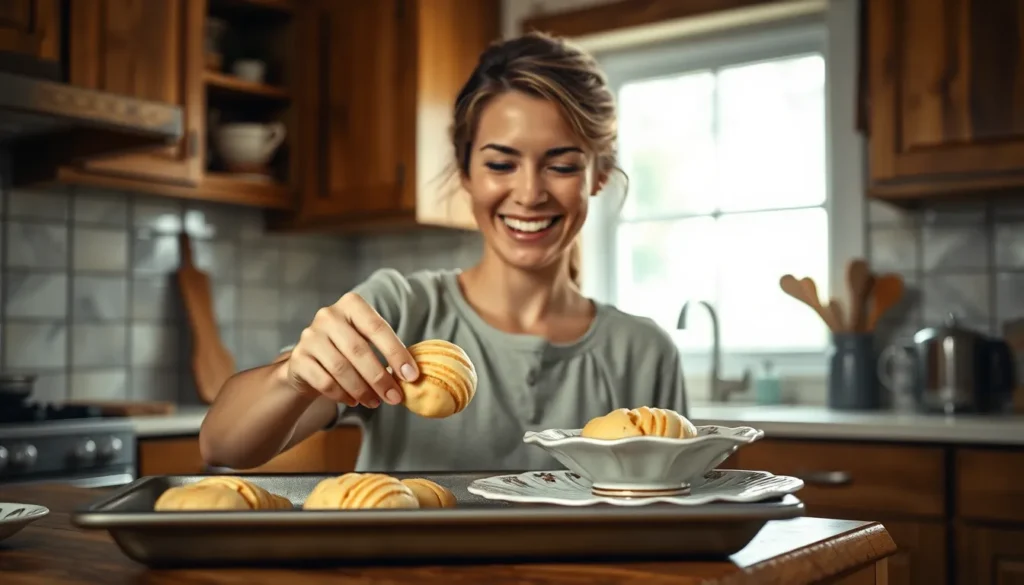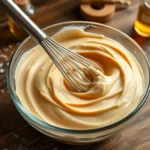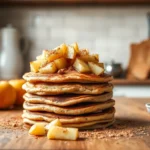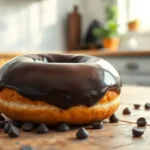There’s something magical about the tangy sweetness of buttermilk cookies that takes us straight back to grandma’s kitchen. These tender, cake-like treats deliver a perfect balance of rich buttery flavor with that distinctive buttermilk tang that sets them apart from ordinary sugar cookies.
We’ve perfected this timeless recipe to create cookies that are incredibly soft on the inside with just the right amount of chew. The secret lies in the buttermilk’s acidity, which not only adds that signature flavor but also creates an incredibly tender crumb that melts in your mouth.
Whether you’re looking for the perfect cookie to pair with your morning coffee or want to impress guests with a homemade treat that’s both nostalgic and sophisticated, these buttermilk cookies deliver every time. They’re surprisingly easy to make and even easier to devour – we guarantee this recipe will become your new go-to for any occasion.
Ingredients
Creating our perfect buttermilk cookies requires simple pantry staples that work together to deliver that signature tangy sweetness. We’ve organized these ingredients into dry and wet components to streamline your baking process.
Dry Ingredients
- 2 cups all-purpose flour
- 1 teaspoon baking soda
- 1/2 teaspoon salt
- 1/2 teaspoon ground nutmeg
- 1/4 teaspoon ground cinnamon
Wet Ingredients
- 1/2 cup unsalted butter, softened to room temperature
- 3/4 cup granulated sugar
- 1 large egg, room temperature
- 3/4 cup buttermilk
- 1 teaspoon vanilla extract
Equipment Needed
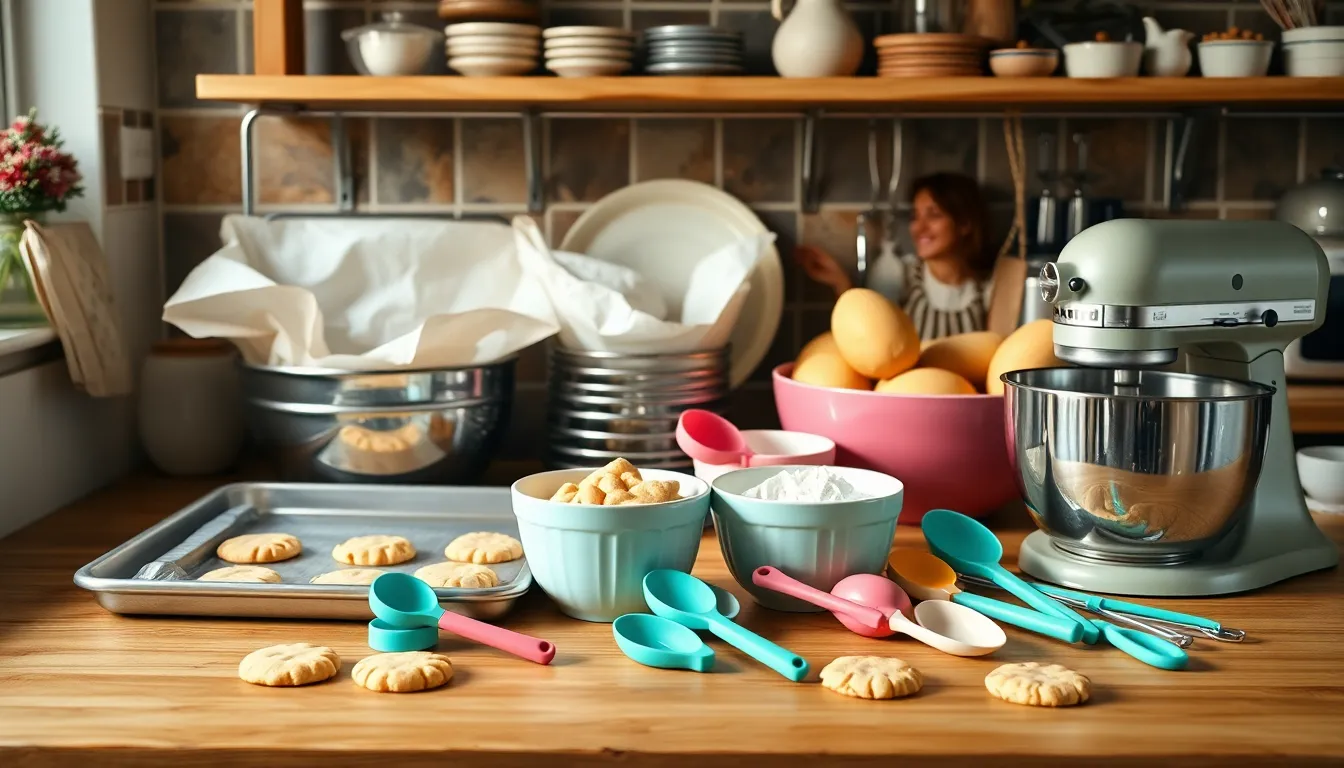
Creating perfect buttermilk cookies requires the right tools to ensure consistent results and an enjoyable baking experience. We recommend gathering these essential pieces of equipment before starting our recipe.
Baking sheets form the foundation of successful cookie baking. Shiny, silver-colored aluminum sheets without sides provide the most even heat distribution for perfectly baked cookies. We avoid dark-colored pans as they can cause uneven browning and affect the final texture of our buttermilk cookies.
Nonstick parchment paper becomes invaluable for lining our baking sheets. This prevents cookies from sticking and makes cleanup effortless while ensuring our delicate buttermilk cookies release cleanly from the pan.
Cookie scoops help us achieve uniform cookie sizes, which ensures even baking throughout the batch. Consistent sizing means every cookie bakes at the same rate, preventing some from becoming overdone while others remain underbaked.
Mixing bowls in various sizes accommodate our ingredient preparation and mixing needs. We use separate bowls for dry and wet ingredients before combining them for optimal texture development.
Rubber spatulas excel at scraping down the sides of mixing bowls, ensuring no ingredients get wasted and our cookie dough maintains consistent flavor throughout. These flexible tools help us incorporate every bit of our carefully measured ingredients.
Silicone spatulas prove essential for removing hot cookies from baking sheets without damaging their tender surfaces. The heat-resistant material protects both our hands and the delicate texture of freshly baked buttermilk cookies.
Electric mixers (either stand mixers or hand mixers) make creaming butter and sugar effortless while achieving the proper light and fluffy texture. This crucial step creates the foundation for our cookies’ tender crumb structure.
Offset spatulas become useful tools for applying frosting or glaze evenly across our cooled cookies. The angled design provides better control and creates professional-looking results for our finished treats.
Instructions

Now that we have our ingredients and equipment ready, let’s walk through each step to create these perfectly tender buttermilk cookies. The process is straightforward and follows a classic baking method that ensures consistent results every time.
Prep the Dough
First, we need to combine our dry ingredients in a medium mixing bowl. Whisk together the all-purpose flour, baking soda, salt, ground nutmeg, and ground cinnamon until evenly distributed. Set this mixture aside while we work on the wet ingredients.
In a large mixing bowl, cream the softened unsalted butter with granulated sugar using an electric mixer on medium speed for 3-4 minutes. The mixture should become light and fluffy with a pale color. This creaming process incorporates air into our dough, creating the tender texture we’re after.
Mix the Ingredients
Beat the large egg into our creamed butter mixture until fully incorporated. Add the vanilla extract and mix briefly to combine. The mixture may look slightly curdled at this point, which is completely normal.
Alternate adding the dry ingredients and buttermilk to our wet mixture, beginning and ending with the flour mixture. Add about one-third of the flour mixture and mix on low speed until just combined. Pour in half the buttermilk and mix until incorporated. Continue this pattern with another third of flour, remaining buttermilk, and finally the last of the flour mixture. We want to mix just until the ingredients come together to prevent tough cookies.
Chill the Dough
Transfer our finished dough to an airtight container or cover the mixing bowl with plastic wrap. Refrigerate the dough for at least one hour before baking. This chilling step helps the dough firm up and prevents excessive spreading during baking, resulting in cookies that hold their shape better.
Shape the Cookies
Preheat our oven to 350°F while the dough finishes chilling. Line our baking sheets with parchment paper for easy removal and cleanup.
Using a cookie scoop or tablespoon, portion the chilled dough into uniform balls approximately 2 tablespoons each. Place these on our prepared baking sheets, spacing them about 2 inches apart to allow for spreading. We can fit about 12 cookies per standard baking sheet.
Bake the Cookies
Bake the cookies for 10-12 minutes, or until the edges are lightly golden brown. The centers should still appear slightly soft and underbaked. Remove the baking sheets from the oven and let the cookies cool on the pan for 5 minutes before transferring them to a wire cooling rack.
Allow the cookies to cool completely before storing or adding any optional frosting. The cooling process helps the cookies set to their final tender texture.
Directions for Perfect Results
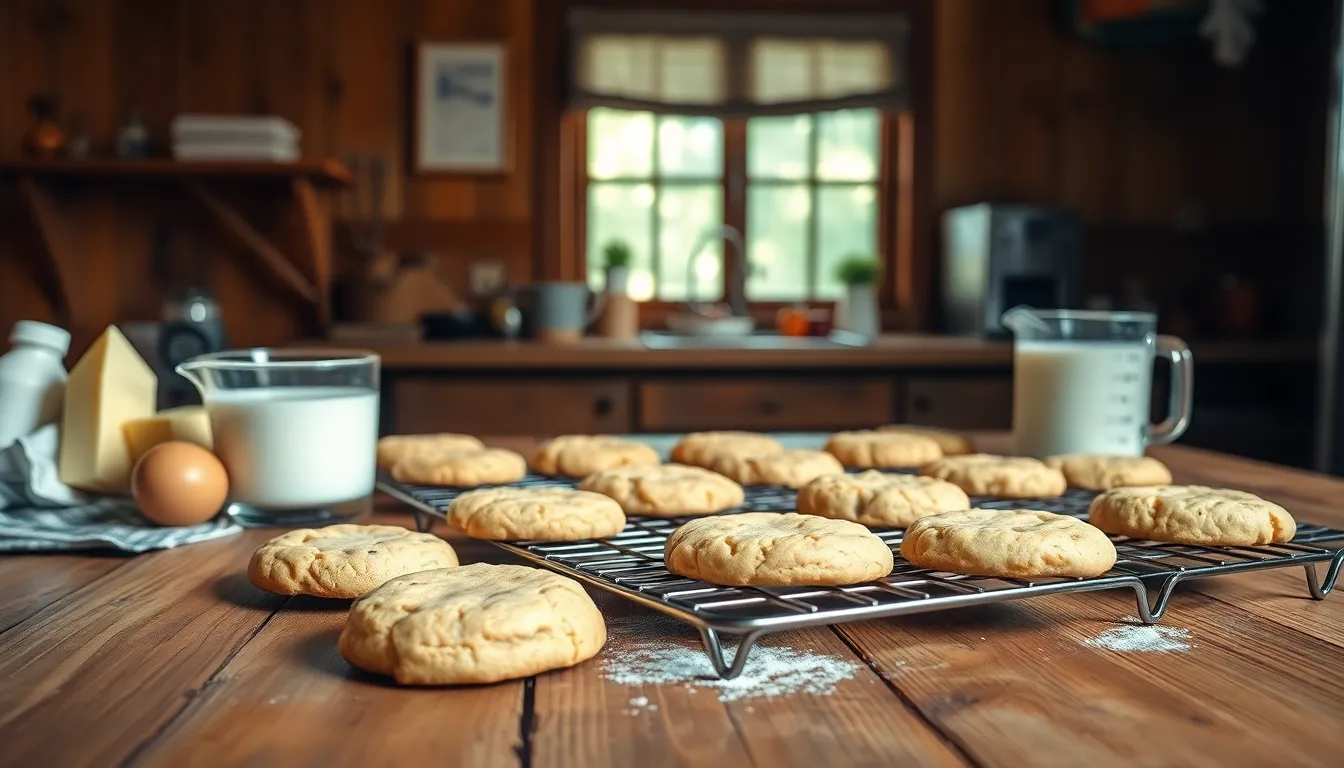
Achieving bakery-quality buttermilk cookies requires attention to exact temperature and timing details that make all the difference. We’ve compiled these essential tips to ensure your cookies turn out perfectly soft and tender every time.
Temperature Tips
Room temperature ingredients create the foundation for smooth mixing and consistent results. We recommend removing butter from the refrigerator 30-45 minutes before baking to achieve the ideal soft consistency. The eggs should sit at room temperature for about 15 minutes while the buttermilk can warm slightly at room temperature or in a warm water bath for 5-10 minutes.
| Temperature Element | Recommended Temperature | Time to Achieve |
|---|---|---|
| Butter | 65-68°F (room temperature) | 30-45 minutes |
| Eggs | Room temperature | 15 minutes |
| Buttermilk | Room temperature | 5-10 minutes |
| Oven | 375°F | 15-20 minutes preheat |
Proper ingredient temperatures prevent curdling when combining wet ingredients and ensure the butter creams effectively with sugar. Cold ingredients can cause the dough to become lumpy or prevent proper incorporation of air during the creaming process.
Timing Guidelines
Strategic timing transforms ordinary cookie dough into exceptional results through proper chilling and baking schedules. We always chill our buttermilk cookie dough for exactly 1 hour after mixing to achieve the signature fluffy texture and prevent excessive spreading during baking.
The preparation phase requires approximately 15 minutes of active mixing time. During this period we cream the butter and sugar for 3-4 minutes until light and fluffy then add remaining ingredients systematically. Baking time ranges from 8-12 minutes depending on your oven’s characteristics and desired level of golden browning around the edges.
| Timing Phase | Duration | Purpose |
|---|---|---|
| Preparation | 15 minutes | Active mixing and combining |
| Chill Time | 1 hour | Texture development |
| Baking Time | 8-12 minutes | Cooking to golden perfection |
| Cooling | 5 minutes on pan | Setting final texture |
We monitor the cookies closely during the final 2-3 minutes of baking since they can shift from perfectly golden to overbaked quickly. The centers should remain soft while the edges develop a light golden color for optimal texture contrast.
Storage Instructions
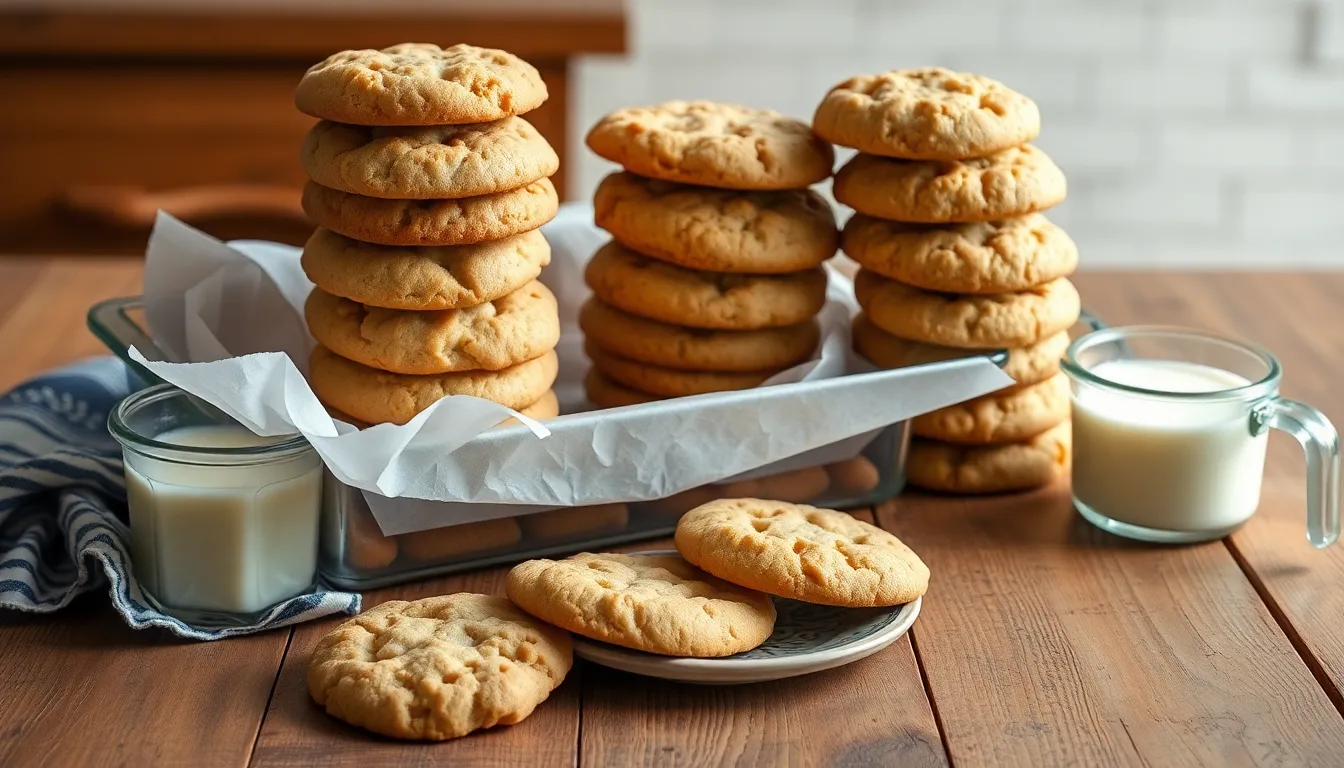
After enjoying the baking process and creating these delicious cookies, we need to store them properly to maintain their soft texture and tangy flavor. Proper storage techniques ensure our buttermilk cookies stay fresh and delicious for as long as possible.
Short-Term Storage
We recommend storing buttermilk cookies at room temperature in an airtight container for optimal freshness. These cookies maintain their quality for 2-5 days when stored properly at room temperature.
| Storage Method | Duration | Temperature |
|---|---|---|
| Room Temperature | 2-5 days | 68-72°F |
| Refrigerator | Up to 5 days | 35-40°F |
When stacking cookies in containers, we place wax paper or parchment paper between each layer to prevent sticking and breakage. This simple step protects the cookies’ delicate texture and prevents them from clumping together.
Refrigerator storage extends freshness to about five days, though this method is less commonly needed if we seal the cookies properly in airtight containers. Most bakers find room temperature storage sufficient for short-term enjoyment.
Long-Term Storage
For extended storage, we freeze buttermilk cookies to preserve their quality for months. Frozen cookies maintain their texture and flavor for 1-3 months when stored correctly.
We cool cookies completely before freezing to prevent condensation and ice crystals from forming. Layer the cooled cookies with sheets of wax or parchment paper between each layer inside an airtight container before placing in the freezer.
| Freezer Storage | Duration | Container Type |
|---|---|---|
| Cookies | 1-3 months | Airtight container |
| Cookie Dough | Up to 3 months | Freezer-safe bags |
| Glaze | Up to 2 weeks | Refrigerator container |
Freezer-safe containers or tightly sealed freezer bags work best for maintaining cookie quality during frozen storage. We thaw frozen cookies at room temperature before serving for the best texture and flavor.
When freezing cookie dough, we portion it out before freezing for convenient baking anytime. Bake frozen dough directly from the freezer, adding a few extra minutes to the baking time as needed.
Any leftover glaze stores in an airtight container in the refrigerator for up to two weeks. We gently warm the glaze to return it to a spreadable consistency before using it again.
Variations and Add-Ins
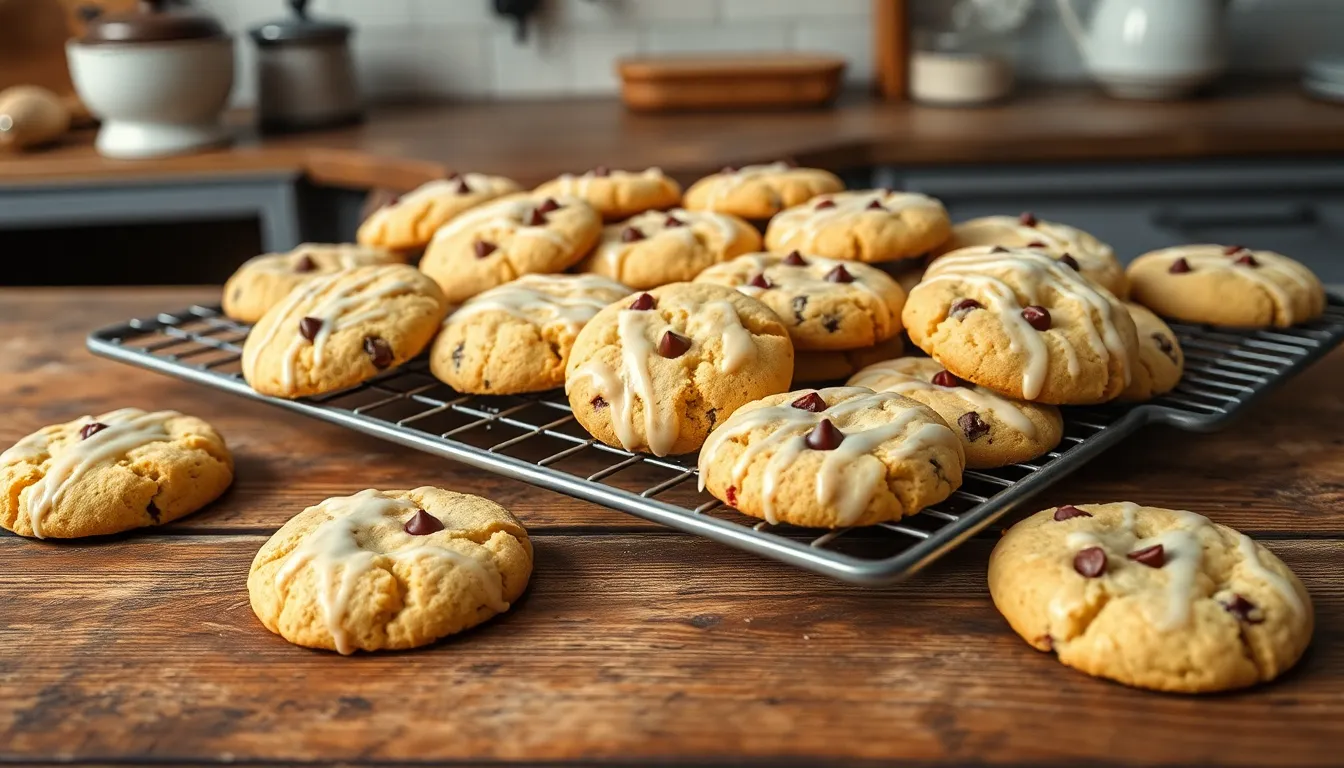
We love how versatile buttermilk cookies can be with simple additions and substitutions. These adaptations allow us to create entirely new flavor profiles while maintaining that signature tender texture.
Flavor Variations
Flavored Sugars transform our basic recipe into gourmet treats. We recommend replacing regular granulated sugar with vanilla sugar for deeper sweetness or trying lavender sugar for an elegant floral note. Strawberry and blueberry flavored sugars create fruit forward variations that pair beautifully with the tangy buttermilk base.
Spice Additions bring warmth and complexity to each bite. We add ground cinnamon directly to our dry ingredients for classic comfort or incorporate cardamom for an exotic twist. Ground nutmeg enhances the cookies’ natural richness while complementing the buttermilk’s tang.
Extract Swaps offer endless possibilities beyond vanilla. We substitute almond extract for a nutty sweetness or use fresh lemon extract to brighten the flavor profile. Orange extract creates citrus forward cookies while coconut extract adds tropical notes.
Fresh Zest Integration provides bright acidic balance against the rich buttermilk base. We fold in lemon zest for classic appeal or lime zest for unexpected tartness. Orange zest creates aromatic cookies that smell incredible while baking.
Mix-In Options
Chocolate Additions create indulgent variations that satisfy any sweet tooth. We fold mini chocolate chips into our dough for classic buttermilk chocolate chip cookies or use white chocolate chips for sweeter contrast. Dark chocolate chunks provide rich bittersweet notes that balance the tangy buttermilk perfectly.
Nut Combinations add satisfying crunch and protein to each cookie. We chop walnuts coarsely for rustic texture or use finely chopped pecans for Southern inspired flavor. Sliced almonds create delicate crunch while maintaining the cookies’ tender crumb.
Fruit Mix-Ins bring natural sweetness and chewy texture to our recipe. We incorporate dried cranberries for tart sweetness or fold in fresh blueberries during peak season. Chopped dried apricots add subtle tang while raisins provide classic comfort food appeal.
Creative Toppings elevate our cookies from simple to spectacular. We roll dough balls in cinnamon sugar before baking for caramelized exteriors or drizzle finished cookies with buttermilk glaze. Cream cheese frosting adds richness while honey lavender buttercream creates sophisticated dessert worthy treats.
Troubleshooting Common Issues

Even experienced bakers encounter challenges when making buttermilk cookies. We’ve compiled answers to the most common problems that arise during the baking process to help you achieve perfect results every time.
Cookies Are Too Flat
When cookies spread excessively and lose their shape, the culprit is often butter temperature. We recommend ensuring your butter reaches cool room temperature rather than being too warm, as overly soft butter causes cookies to spread beyond control. Using higher protein flour like bread flour helps absorb excess moisture and provides better structure.
Overbeating the butter and sugar mixture weakens the cookie structure and contributes to flat results. Mix ingredients just until combined to maintain proper texture and prevent excessive spreading.
Cookies Have a Cake-like Texture
The buttermilk and baking soda combination creates powerful leavening that sometimes produces overly fluffy, cake-like cookies. We suggest substituting a portion of all-purpose flour with whole wheat flour to achieve better texture while adding a pleasant nutty flavor that complements the buttermilk’s tanginess.
Monitor your mixing technique carefully, as overworking the dough develops gluten and creates a tougher, more cake-like structure.
Cookies Lack Flavor
Bland cookies disappoint after investing time in the baking process. We recommend adding one teaspoon of vanilla extract to enhance flavor depth and complexity. Brown sugar instead of white sugar provides caramelization notes that pair beautifully with buttermilk’s natural tang.
Fresh spices make a important difference in flavor intensity. Replace older ground cinnamon and nutmeg with fresh versions for maximum impact.
Cookies Burn on the Bottom
Bottom burning typically indicates incorrect oven temperature or rack positioning. We advise verifying your oven temperature with an oven thermometer, as many ovens run hot or cold. Reduce the temperature by 25°F if burning persists even though proper timing.
Position your baking rack in the center of the oven to ensure even heat distribution around the cookies.
Cookies Are Too Crispy
Overbaked cookies lose their signature soft texture that makes buttermilk cookies special. We suggest reducing baking time if cookies brown too quickly and using parchment paper to prevent excessive browning on the bottom.
Watch cookies carefully during the final minutes of baking. Remove them when edges appear golden but centers still look slightly underbaked, as they continue cooking on the hot pan after removal from the oven.
Serving Suggestions
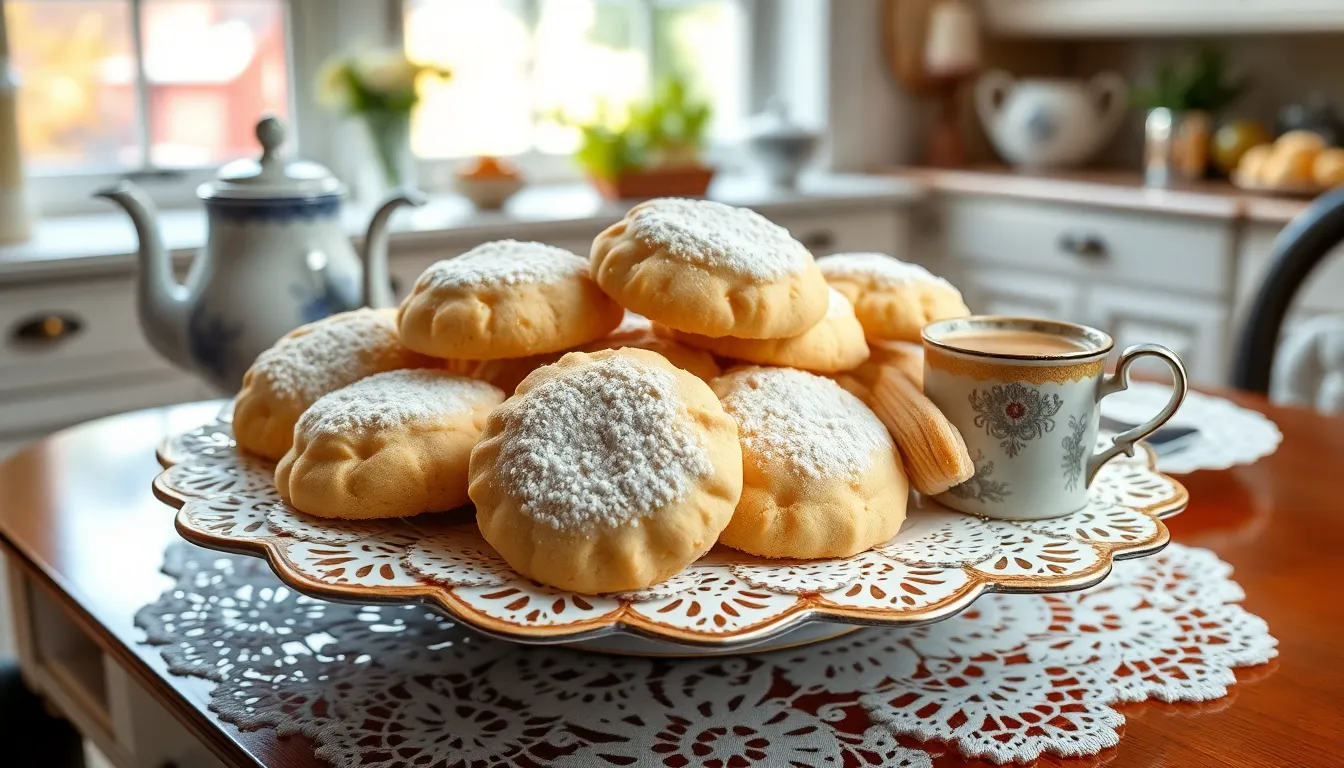
We recommend pairing these soft buttermilk cookies with hot beverages that complement their tangy sweetness. Coffee creates an exceptional combination as the slight bitterness balances the cookies’ mild acidity and buttery richness. Earl Grey tea enhances the vanilla notes while adding aromatic complexity to each bite.
Our favorite presentation involves arranging the cookies on vintage plates with delicate doilies for afternoon tea service. The soft cakey texture makes them perfect finger foods that won’t crumble when guests pick them up. We often dust them lightly with powdered sugar just before serving to add visual appeal.
For special occasions we suggest creating cookie platters with multiple variations. Arrange plain buttermilk cookies alongside chocolate chip versions and glazed cookies topped with toasted almonds. This variety allows guests to sample different flavors while appreciating the consistent tender texture.
Children particularly enjoy these cookies with cold milk since the soft interior absorbs the liquid beautifully. We recommend serving them at room temperature rather than chilled to maintain their signature moist consistency. The cookies pair wonderfully with vanilla ice cream for an indulgent dessert option.
Evening entertaining becomes more sophisticated when we serve buttermilk cookies with dessert wines or coffee liqueurs. The cookies’ subtle flavor profile doesn’t compete with complex beverages but instead provides a complementary base. We’ve found that guests appreciate the nostalgic comfort these cookies bring to formal gatherings.
Breakfast presentations work exceptionally well with these cookies since their cake-like texture resembles coffee cake. We often include them in brunch spreads alongside fresh fruit and yogurt. The vanilla frosting or simple glaze adds just enough sweetness to satisfy morning cravings without being overwhelming.
Conclusion
We’ve shared everything you need to master the art of buttermilk cookie baking. From understanding the essential ingredients and equipment to perfecting your technique and troubleshooting common issues these cookies truly deserve a spot in your regular baking rotation.
The beauty of buttermilk cookies lies in their versatility and forgiving nature. Whether you’re experimenting with flavor variations or sticking to the classic recipe you’ll find these treats adapt beautifully to your preferences and skill level.
Now it’s time to preheat that oven and experience the magic for yourself. Trust us – once you taste that perfect balance of tangy sweetness and tender texture you’ll understand why buttermilk cookies have captured hearts for generations.
Frequently Asked Questions
What makes buttermilk cookies different from regular cookies?
Buttermilk cookies have a unique tangy sweetness and incredibly soft, tender texture thanks to the acidity in buttermilk. This acidity reacts with baking soda to create a cake-like consistency that’s more tender than traditional cookies. The buttermilk also adds a subtle tang that balances the sweetness perfectly.
How long do buttermilk cookies stay fresh?
Buttermilk cookies stay fresh for 2-5 days when stored in an airtight container at room temperature. For longer storage, refrigerate them for up to 5 days or freeze for 1-3 months. Always layer cookies with wax or parchment paper to prevent sticking.
Can I make buttermilk cookie dough ahead of time?
Yes! You can freeze portioned cookie dough for convenient baking later. The dough should be chilled for at least one hour before baking anyway, which helps prevent excessive spreading and ensures the perfect fluffy texture.
Why do my buttermilk cookies spread too much while baking?
Cookies spread too much when the butter is too warm or melted. Make sure your butter is softened but not melted, and always chill the dough for one hour before baking. Also, check that your baking soda is fresh and active.
What are the best mix-ins for buttermilk cookies?
Popular mix-ins include chocolate chips, chopped nuts, dried fruits, and fresh berries. You can also experiment with spices like cinnamon or cardamom, different extracts like almond or lemon, and citrus zest for additional flavor depth while maintaining the signature tender texture.
How do I know when buttermilk cookies are done baking?
Buttermilk cookies are done when the edges are golden brown but the centers still look slightly soft and underbaked. They typically bake for 8-12 minutes at the proper temperature. The cookies will continue cooking slightly after removal from the oven.
What’s the best way to serve buttermilk cookies?
Buttermilk cookies pair beautifully with hot beverages like coffee or Earl Grey tea. They’re perfect for afternoon tea served on vintage plates, brunch spreads, or casual gatherings with cold milk. Adults might enjoy them with dessert wines or coffee liqueurs.

